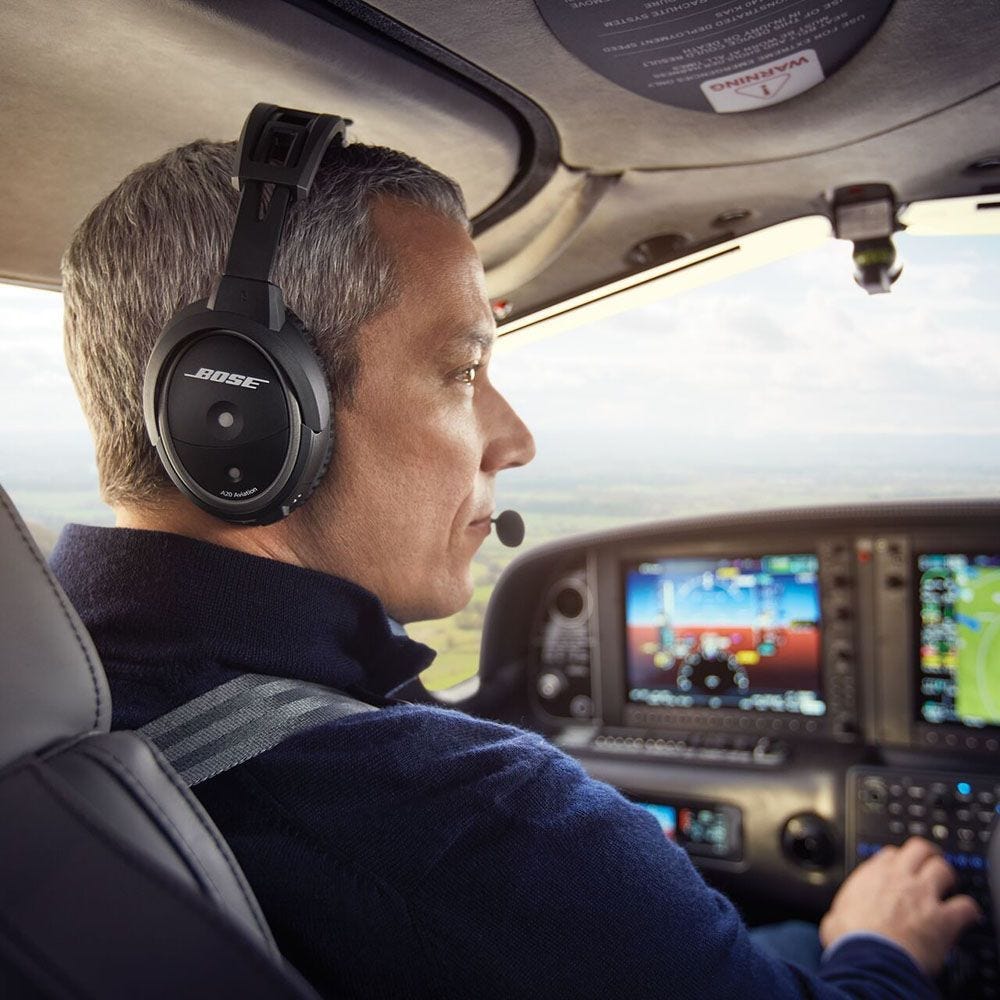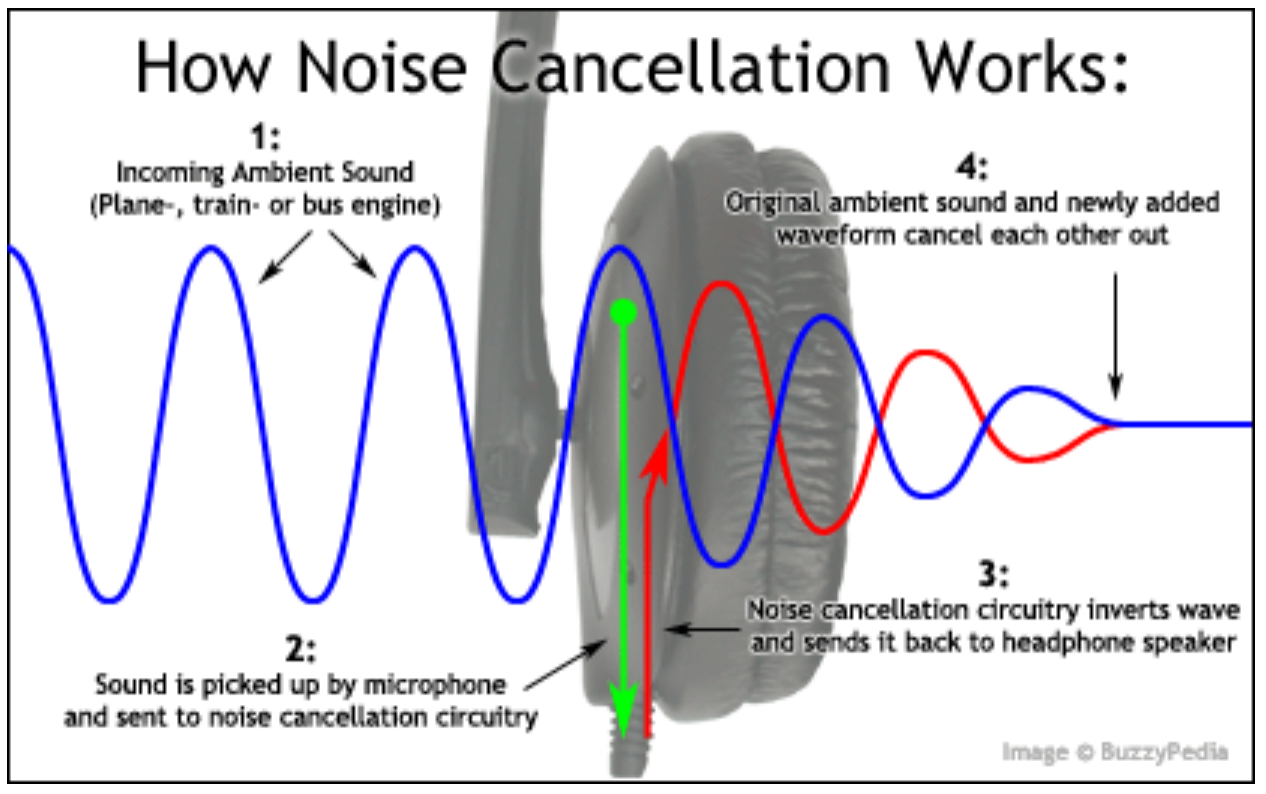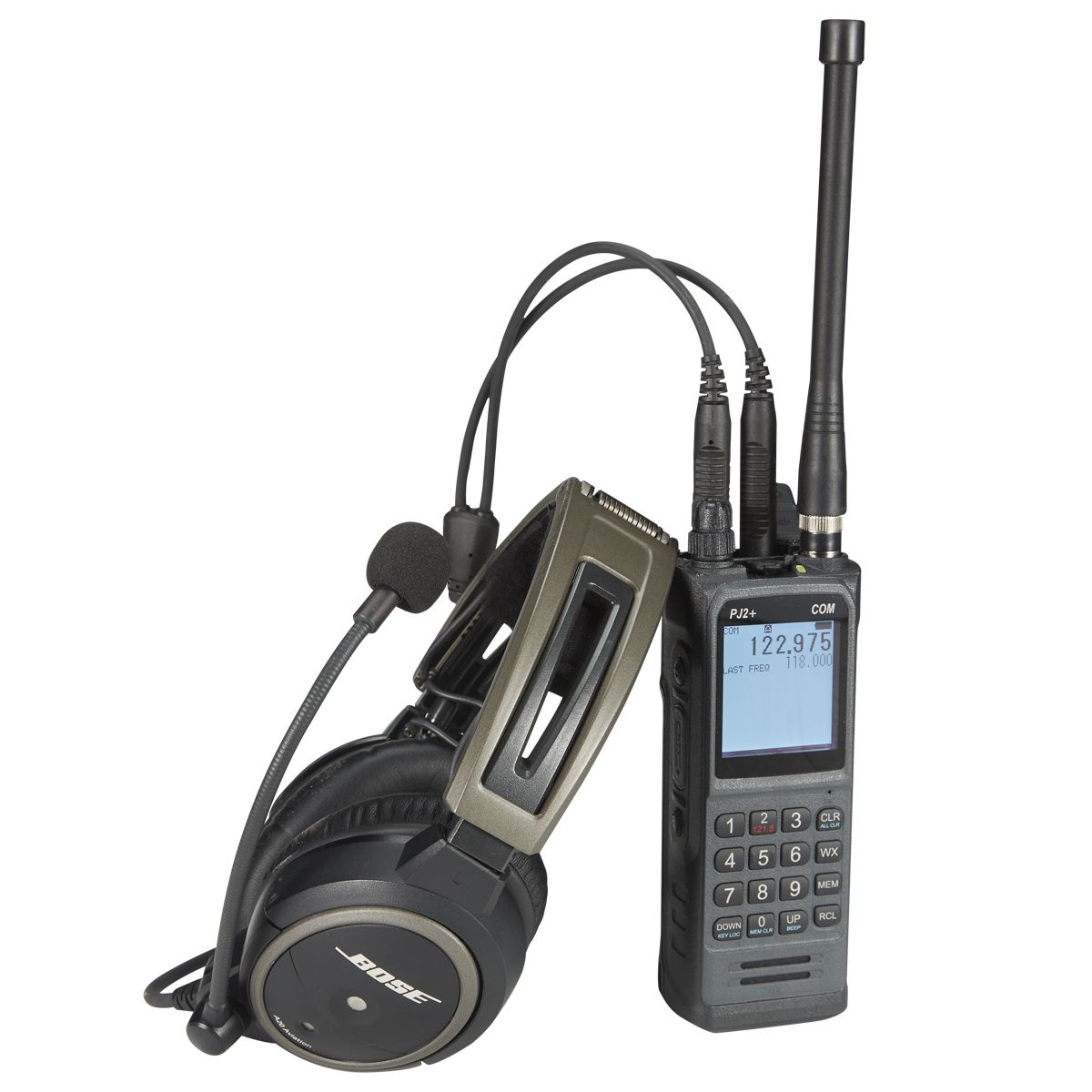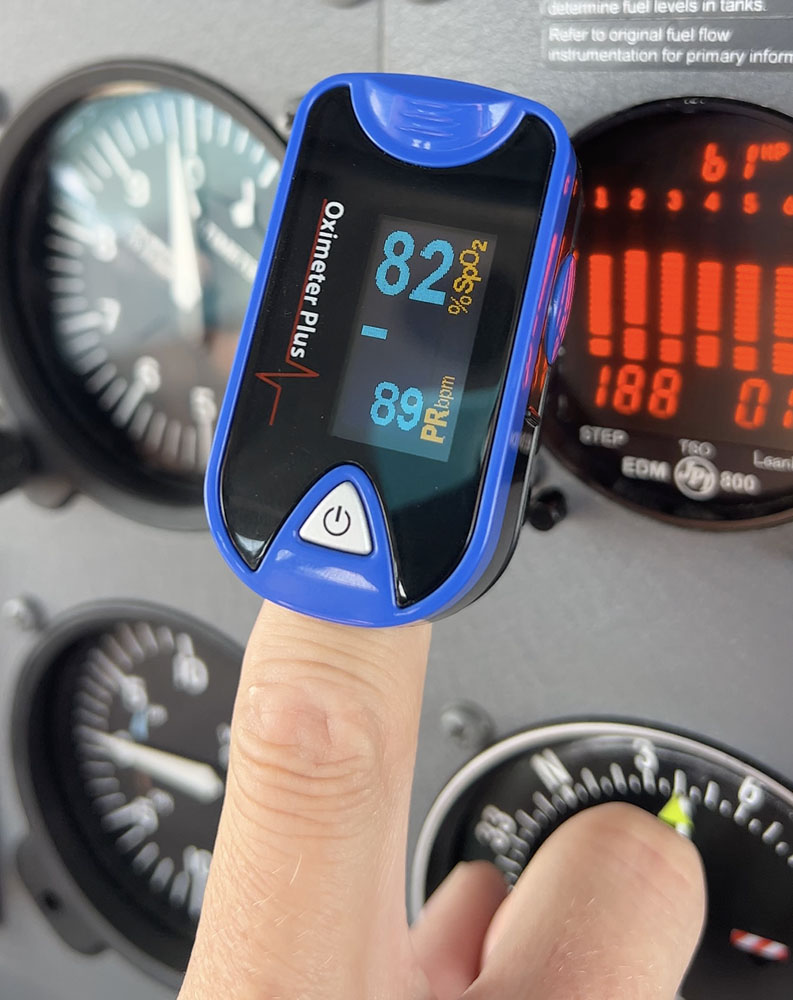Throughout history, we can find a selection of people who reject innovation. Regardless of how great something is, there will always be some people who oppose it. I bet when indoor plumbing came around, there was a movement to keep poop outside of the house.
 So it is with active noise reduction (ANR) headsets. These magical devices make long flights in noisy general aviation airplanes more bearable. The standard passive headset reduces noise levels by 18-24 decibels; ANR headsets put an additional 10-25 decibels of reduction on top of that.
So it is with active noise reduction (ANR) headsets. These magical devices make long flights in noisy general aviation airplanes more bearable. The standard passive headset reduces noise levels by 18-24 decibels; ANR headsets put an additional 10-25 decibels of reduction on top of that.
But there is still pushback from those who want to continue to get a flashlight and shoes to go use the outhouse. These last holdouts are normally "more mature" pilots who have little hearing left (ironic), and they are very vocal about how bad ANR headsets are.
Here are the top three myths we have heard when it comes to ANR headsets—and why they are wrong.
1. I won’t hear changes in the engine.
I think this is 100% false. Changes in sound are better noticed in a quieter environment. Consider: if you go into a library and sit down to read for a while, you’ll notice when the air conditioner kicks on and off. That sound is rarely heard in a warehouse or factory floor, where there is much more ambient noise.
While ANR reduces a ton of noise, it doesn’t cancel all the sound. You’ll hear RPM reductions better with ANR than without. Worried you won't notice when the engine coughs? Rest assured you will—we once had a clogged fuel injector and the Bose A20 we were wearing made it instantly obvious something was wrong.
2. ANR doesn’t protect your hearing, it just masks the noise.
Depending who you ask, this one brings either physics into the equation or some magic. Let's review how ANR works. Headset designers place microphones inside your earcup, which pick up on the sound waves inside the cup. Through magic—or complex processors and amplifiers put together by really smart people—we are able to use the speaker to emit the opposite sound wave. It’s best illustrated by this picture:

The peaks match up with valleys and the sound level is reduced.
3. If the batteries die, I can’t communicate.
Almost all ANR headsets are functional without batteries. In the unlikely event you lose power, the speakers and the microphone will still work normally. You will be missing the quieter environment provided by ANR, and any connectivity (Bluetooth) that was provided by battery power, but you will still be able to communicate with any passengers and with ATC. And of course this one is easily solved: just carry a few extra AA batteries with you.
Want to learn more? Read our series of articles on aviation headsets.
Ready to buy? Shop our most popular headsets.




